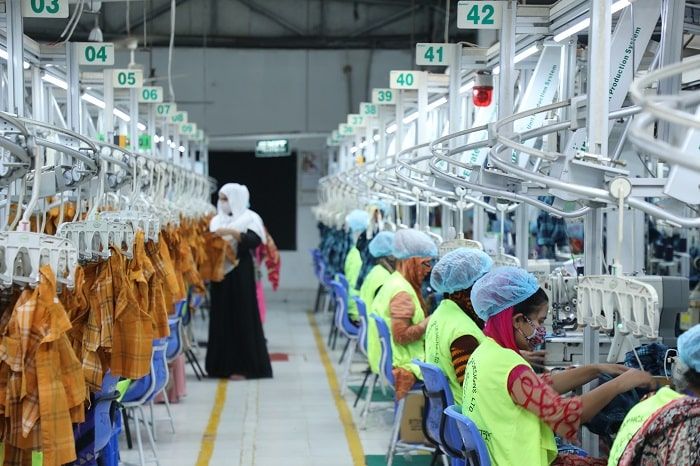Redefining the roles of apparel sector and policy makers

This year, at COP 26, the world saw a commendable turn from the giants of the apparel sector. Over 50 fashion and textile companies placed official requests to governments for revamping trade policy to incentivize the use of environmentally preferred materials such as organic cotton and recycled fibers. This request explored incentives such as tax credits and/or suspension or duty reductions of an imported component or finished, certified product.
It also provides governments with a road map to remove a key barrier to adopting environmentally preferred materials: increased cost. This is the second time after the COP-15 where the apparel sector was considered central to the climate conversation. Hence, this is surely an instance to be noted in the history book. Being the generator of USD1.5 trillion annual revenue in 2020, the sector rightly positioned itself to provide a practical solution to achieve its climate goals.
Equally important is the role of industry insiders to be a part of the change. They must be a part of the dialogues and put insights as well as solutions to politicians who may never have worked in the sector. Nowadays, consumers are seen asking businesses, policymakers and CSOs about the apparel sector’s role in the climate crisis, and engaging activists and influencers with the set of questions like ‘Who made my clothes?’
How did the production take place? and ‘What’s in my clothes? Given this, there comes the urgent need for the leaders who recognize the impactful support the apparel sector can extend in reaching net-zero, eliminating harmful waste and exercising responsible business practice.
In this respect, leveraging on trade policy to incentivize better practice in raw materials sourcing would be a key to level the playing field for companies striving to reduce their environmental impacts.
Thus, a favorable trade policy would help certify environmentally preferred materials like organic cotton [3], verify sources that can be traced from sourcing to final production. It is heartening to know that renowned brands already started sourcing more preferred fibers such as recycled polyester and organic cotton.
It is helping them reduce the impact of their products and enabling them to progress against their sustainability targets. Undeniably, the supply chain of preferred materials cannot be managed at one go. Thus, it is the sector’s responsibility to encourage farmers, growers, textile companies and designers to use organic and recycled natural fibers.
Incentivizing the use of traceable, eco-friendly, and alternative materials will also eliminate cost barriers, make eco-friendly material more accessible for apparel companies.
To make this happen, policy instruments, such as preferential tariffs are key drivers to motivate the companies to foster usage of decarbonizing materials in the sector. Supporting this transition via a favorable trade policy will help the sector move swiftly towards a more sustainable future.
At this point, it is time to recognize and incentivize the few businesses embracing responsible production centered on a low carbon footprint. Similarly, policy incentives need to be provided to countries growing or manufacturing preferred fibers.
Also, governments can use clear and simple policy instruments including various tax incentives to shift the sector from profit-only business models to a three-pronged eco-friendly model (People, Planet, Prosperity). This model would stimulate small to large-sized businesses across the globe to improve their climate impact.
Fingers crossed for whether the renewed Fashion Industry Charter for Climate Action presented in COP-26 would direct companies on the right path with its ambitious commitments to achieve the goals aligned to the Paris Agreement. It is high time policymakers start rethinking import duties to adapt, support and respond to the apparel sector’s pursuit of sustainability and contribution to a low-carbon economy.
Useful Links:
